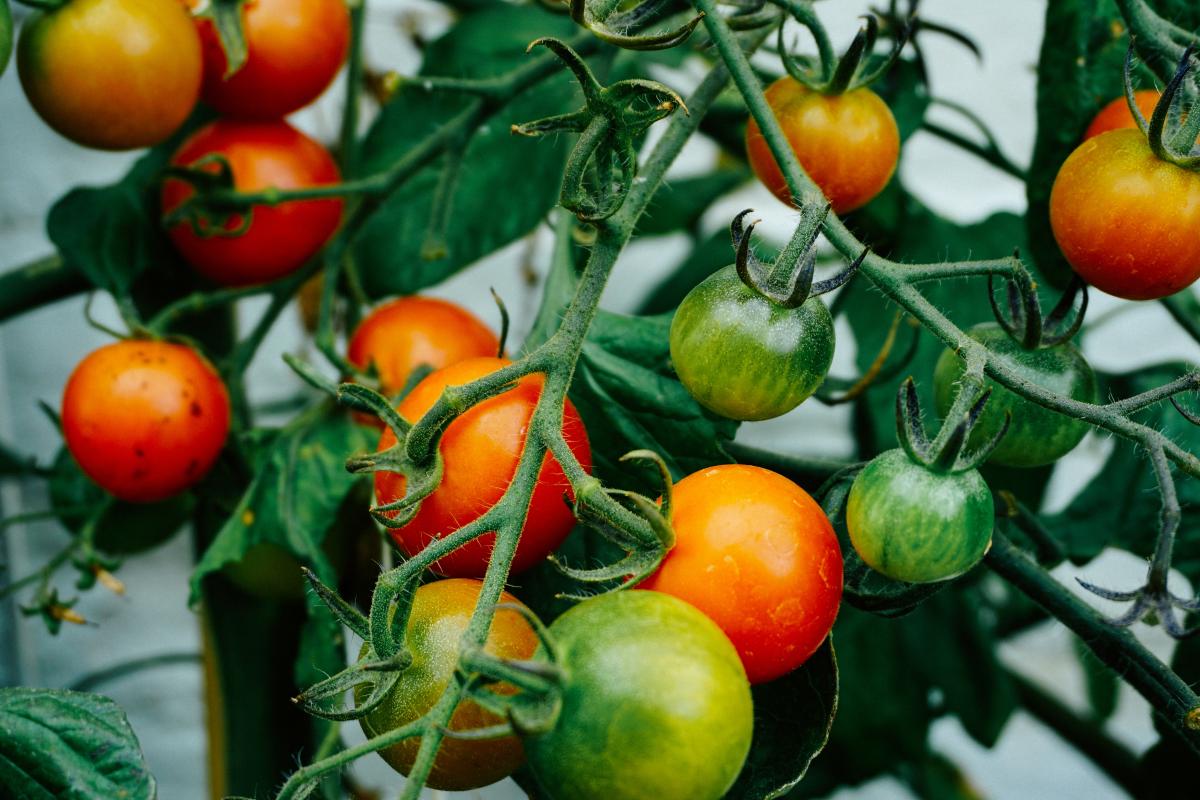
An introduction to Kepler's 1st Law and ellipses. The lesson includes some guided notes for students as well as a hands on activity where students will draw, measure, explore, and conduct calculations

This hands-on lesson engages students by having them give each other instructions to complete a task. They read about coding and code for a Sphero bot to navigate a course using math to calculate

2nd grade students will work collaboratively to describe, illustrate, and communicate their understanding of the states of matter involving liquids, solids, and gases. The lesson includes extension

This is the 2nd lesson in a series of 2. Day 2 - The students are challenged to conduct design-controlled experiments to identify the substances responsible for the observed chemical and physical

This is the 1st lesson in a series of 2. Day 1 - The purpose of this inquiry-based demonstration is to have students make observations about the changes that occur when several substances are mixed

In this lesson, students explore glow-in-the-dark materials using regular flashlights and UV flashlights. They then add phosphorescence and the emission of EM energy to previous models of light and

In this lesson, students use their knowledge of electric power to design a model circuit that expends less electrical power. They do this by using the PhET Circuit Construction Kit: DC and they may

In this lesson, students apply their knowledge of Ohm's Law and describe the amount of current that flows through and the amount of voltage across a parallel circuit. They do these by exploring the

This lesson allows students to describe the amount of current and voltage, and apply their knowledge of Ohm's Law in a series circuits. They do this by using the PhET Constructing Circuits Kit: DC and

Exploring chemical reactions is highly engaging for the students if taught in a student-centered lesson. This lesson was inspired by the activity of 6th-Grade Amplify Science, Exploring Chemical

Students will discover the relationship between mass and volume in relation to density through an inquiry lab. Students will take mass and volume data of several different solid substances and compare

~Students apply the engineering design process as they learn the advantages and disadvantages of the greenhouse effect. ~Students will work collaboratively to construct a miniature greenhouse to

In this lesson, students will construct a solar updraft tower. They will use heat lamps to warm the air inside the tower, resulting in the propeller spinning. This lesson helps students gain a better

This STEAM project will have us exploring some of the issues or problems associated with food and creating solutions to educate and persuade our community about how our food is produced and making the

In this 7 week unit, students will utilize resources around them to create a garden for a culminating taco party! Students will work on science, math, and ELA within the unit. Feel free to host this

In this lesson, students will conduct an investigation to see how temperature can affect the state of matter.

In this lesson students will learn about the 3 types of matter and go on a matter scavenger hunt. After the scavenger hunt students will make graphs to show the different types of matter that they

Teaching with phenomena is a great way to connect real world events with inquiry based learning in the classroom. In this lesson students will observe and investigate a phenomenon that involves the

The Mystery Box Investigation combines science concepts about properties of matter, how we use and identify matter based on its properties, and the mathematical concepts needed to calculate density

Students will explore the role that decomposers play in the nitrogen cycle. First students will gather information through research and activities to construct a model of the nitrogen cycle. Then

In this lesson, students will incorporate science and math concepts as they investigate properties of matter. They will apply mathematical concepts and formulas in a hands on activity where they

It's 3D printing time! In this lesson, students will design a creation all on their own and input their design into a 3D printing program. They will then print their creations and become a maker!

Students will gather information to develop a model about the essential elements needed by plants in order to grow and survive in this hands-on lesson. They will then apply this knowledge by

Built as a month long, end of year project, students get to discover the water quality of several geographically different natural water sources by completing field research and data collection. As a
